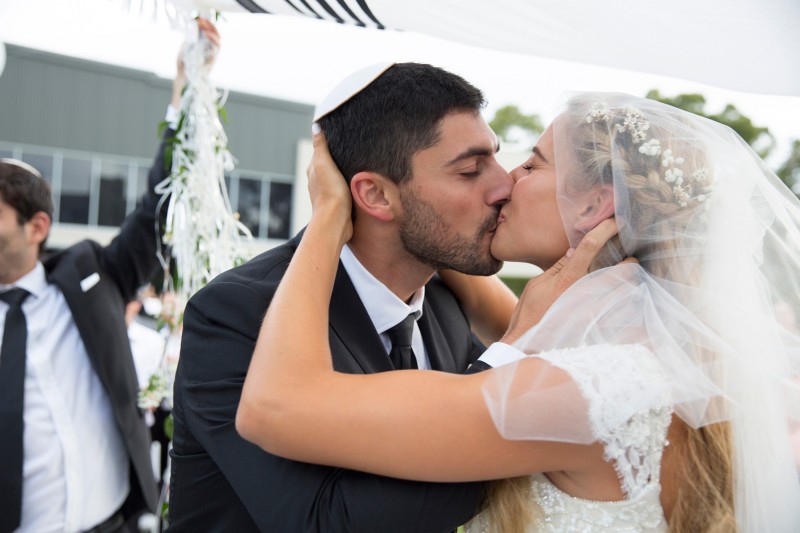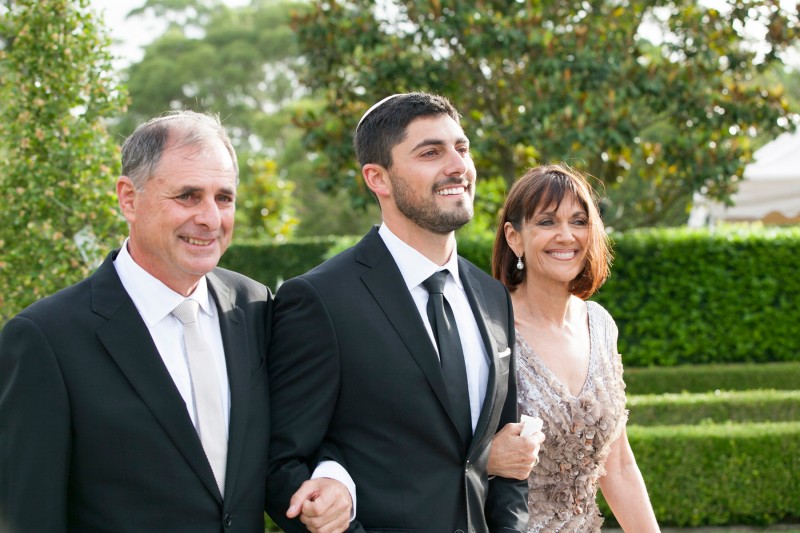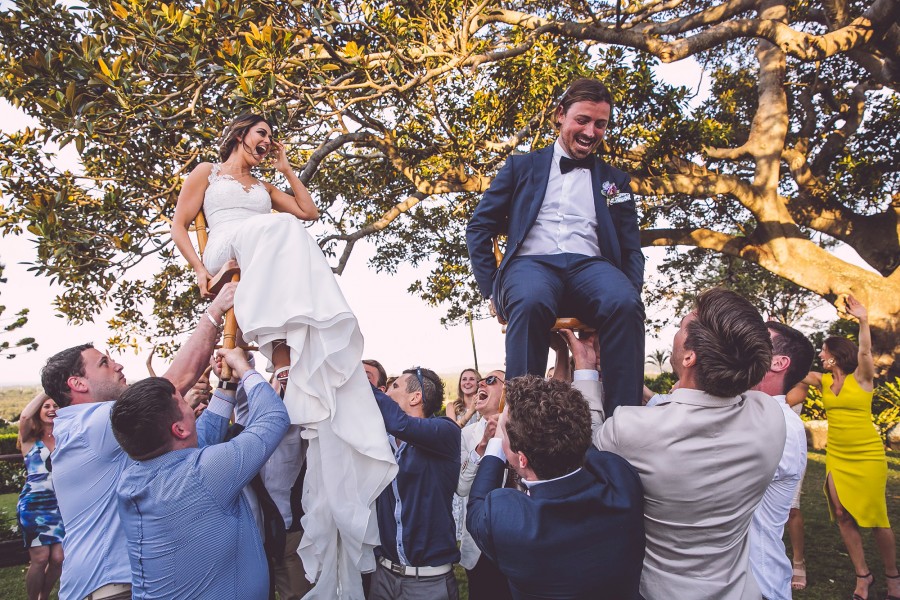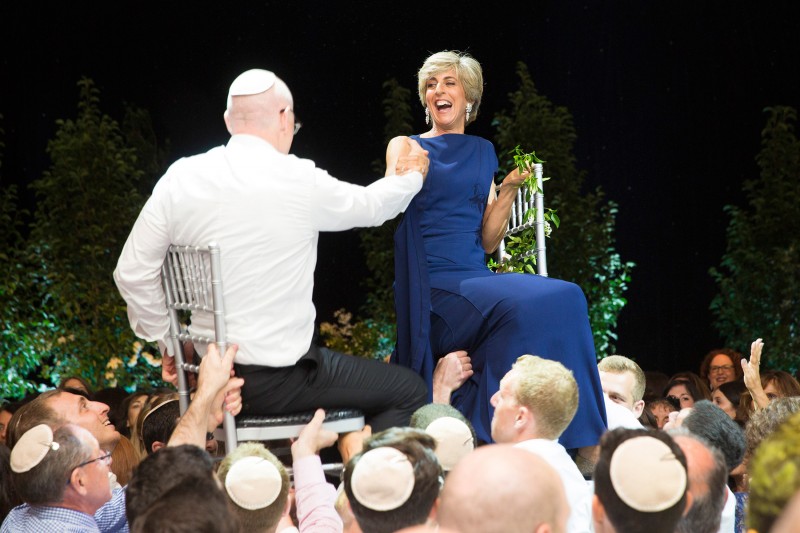Circling of the groom
Many modern Jewish weddings have seen the bride circling the groom when she meets him at the chuppah. Some customs say the bride should circle her groom three times, while others say seven times.
Jewish wedding traditions you probably didn't know
There are many traditions and superstitions that exist within Jewish weddings that you mightn't even be aware of. Here's a brief overview of the Jewish wedding traditions you may not already know about.

The wedding day
For Jewish, the wedding day is considered the happiest and holiest day of one's life. On this day, all past mistakes are forgiven, and the two separate individuals merge to become a new, complete soul.

Fasting
For some, it is customary to fast on the wedding day – from dawn until after the completion of the marriage ceremony.
Procession
In Jewish weddings, both the bride AND the groom are walked down the aisle by their parents. The groom is the first to be walked down the aisle to the chuppah, where he waits for his bride to be walked down by her parents.

Chuppah
The Chuppah (canopy) symbolises the home that the new couple will build together. The canopy is open on all sides, as Abraham and Sarah had their tent open to welcome people in hospitality.
Once the bride meets the groom at the chuppah, he comes out and leads her inside the chuppah, where she stands to the right of him.

Circling of the groom
Many modern Jewish weddings have seen the bride circling the groom when she meets him at the chuppah. Some customs say the bride should circle her groom three times, while others say seven times.
The seven circles can be explained by either the number of days in a week, how many times "when a man takes a wife" appears in the bible' (seven times), or, in circling seven times, the bride enters the seven spheres of her husband's innermost being.
The three circles can be explained by either referring to the number of times God reassures Israel "and I will betroth you unto me", or to a woman's three basic rights in marriage – food, clothing, and sex.
It's important to add however, some also believe that the circles represent creating a wall of protection from evil spirits, temptation, and the glances of other women.
The blessing over wine
The ceremony typically includes two cups of wine, and two blessings over the wine.
Breaking the glass
At the conclusion of the ceremony, it is customary for the groom to break a glass by stepping on it. The breaking of the glass reminds us of the destruction of the Temples in Jerusalem, and teaches that in times of joy we must always recognise that life also brings sadness and sorrow, and love, like glass, is fragile and must be protected.
This is when you'll hear guests cheer "Mazel tov!" which has a similar meaning to "good luck" or "congratulations".
Breaking the fast
After the ceremony, the newlyweds can opt to have a moment of privacy before joining their guests. It is during this time that they can break their fast, and share their first meal as a married couple.
Blessing of the Challach
The blessing over the clallah – a braided bread – begins the wedding meal. Usually the couple's parents or an honorary guest makes the blessing.
Food
Chicken and fish are ever-present dishes at Jewish weddings, as they symbolise fertility.
The Hora
The Hora – or the chair dance – involves a few strong guests hoisting the bride and groom high above the crowd while sat in chairs. Guests dance around in a circle to the sound of "Hava Nagila" as the couple try not to look down.

Mitzvah Dances
It is not only a good deed, but an obligation for guests to keep the marrying couple entertained. These dances usually include masks, costumes, and props.
Mezinke Tanz – or Krenzel
This dance honours the parents who married off their last child. The parents are sat in chairs while friends and family dance around, kissing them as they pass. This dance is also know as Krenzel – referring to the crown of flowers that is often placed on the mother's head.

0 件のコメント:
コメントを投稿